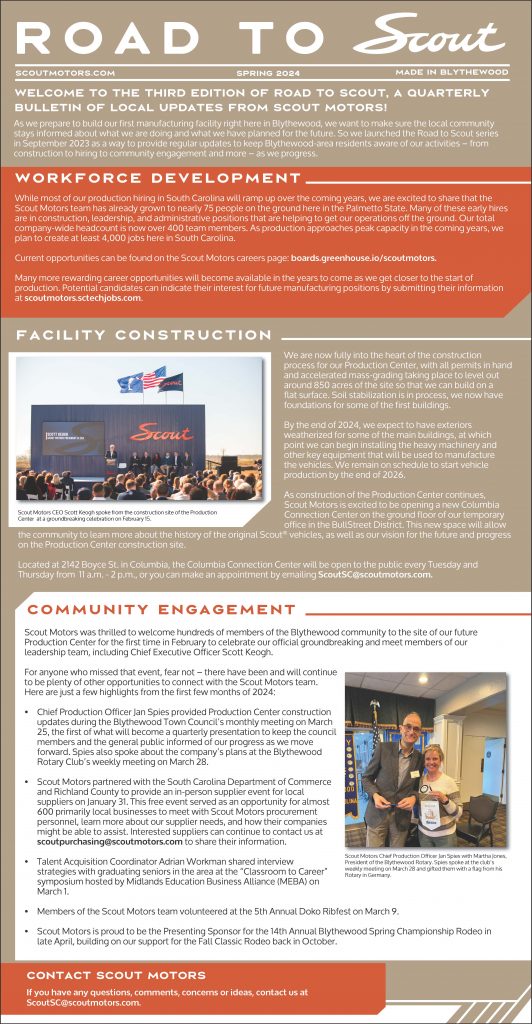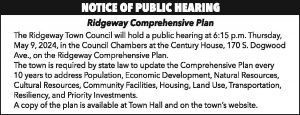 On Nov. 16, 1910, a group of Fairfield County residents petitioned their state government for annexation into Richland County. Here is their story – which is also the story of How Doko of Fairfield County became Blythewood of Richland County . . .
On Nov. 16, 1910, a group of Fairfield County residents petitioned their state government for annexation into Richland County. Here is their story – which is also the story of How Doko of Fairfield County became Blythewood of Richland County . . .
Blythewood in Fairfield County
Until 1910, Blythewood was content to be in Fairfield County. But a great dissatisfaction arose with the treatment of the Blythewood section by the Fairfield County government. This inspired the Blythewood gentlemen to try something new. Under the terms of the 1895 Constitution, written to the specification of Sen. Benjamin R. ‘Pitchfork Ben’ Tillman, new counties could be created and sections of counties could be transferred from one county to another.
There were several conditions: 1) a petition bearing the signatures of at least one-third of the registered voters in the affected area must be obtained; 2) no area could be taken from a county if the transfer would leave the old county with fewer than 15,000 inhabitants; 3) no old county could dip below 500 square miles; 4) the old county could not dip below $2,000,000 in taxable property; 5) the new county lines could be no closer than eight miles from the courthouse; 6) once these condition were met, an election could be held in the area proposed for transfer and at least two-thirds of the voters had to vote for the transfer and 7) if the question passed the election, the General Assembly then could, if it chose to, pass a bill to effect the annexation.
Fairfield officials try to appease defectors
In an apparent attempt to dissuade the petitioners from annexing into Richland County, the Fairfield County Board of Commissioners, on Sept. 12, 1910, passed a resolution regarding the complaints of the ‘Inhabitants of Lower Fairfield.’ It promised in a handbill distributed all around to make several concessions. First it would split the chain gang into two forces of equal numbers, one to work in the northern half of the county and one to work in the southern. The gang in the southern half was to be ‘put to work immediately under the supervision of Mr. Joseph B. Stewart…to improve and construct first class roads through Bear Creek and Blythewood sections.’ Second, the State Senators and Representatives pledged to give each section of the County a voice in the Democratic Party organization of the county. It would appear from this that a lack of fairness in road construction and upkeep as well as influence in Democratic Party circles was inspiring the movement to separate Blythewood from Fairfield and add it to Richland.
The promises of Fairfield’s leaders must not have had much effect on the Blythewood citizens as on Nov. 16, 1910, they presented petitions to Gov. Martin Ansel asking to be annexed into Richland County. The petitions were sworn to by Furman E. Hood, B. P. Hoffman and Dr. Michael Langford. They contained 139 names, well beyond the one-third required to set the annexation machinery in motion. These petitions are a who’s who of early Blythewood.
Gov. Ansel had Assistant Attorney General M.P. DeBruhl look over the petitions and on Nov. 16, 1910, he received the legal go-ahead to appoint commissioners to survey the area and arrange for a possible transfer. He appointed W.W. Cloud and Dr. Michael Langford of Blythewood, W.R. Brooker of Columbia and J.E. McDonald of Winnsboro as commissioners in this matter.
Fairfield government tries to block annexation
Then, on Nov. 20, 1910, R.A. Meares, a member of the Fairfield Delegation to the S.C. House of Representatives residing in Ridgeway, wrote to Gov. Ansel asking him to postpone further action in the matter as it was ‘a local matter of discord…in process of adjustment.’ The Governor replied that the Commission had already been appointed.
In January 1911, Coleman L. Blease became Governor. The Blythewood annexation matter stewed along until March 15, 1911, when the Commissioners reported to the new Governor that all the statutory provisions regarding wealth, area and population were complied with and a survey of the area completed. The Commissioners asked that an election be held in early May 1911. Gov. Blease was generally opposed to any changes in county lines, and therefore sat on the Commissioners Report until June 8, 1911, when the Blythewood Commissioners again wrote asking him to speed things along and give them the election they felt entitled to.
Blease wrote Sen. Dixon of Fairfield that he had held the matter up so far, but he was being pressed to act so he was inquiring of the Clerks of Court in Columbia and Winnsboro whether the required expenses for holding an election had been paid. He found the funds had not been deposited, which gave him and the Fairfield County political leaders an opportunity to further hold up the election.
On Aug. 12, 1911, W.W. Cloud of Blythewood paid the Clerk of Court in Winnsboro $55 for the costs of holding an election. A new question then arose over the amount of money required. Were the petitioners required to pay for the election only (a relatively small sum) or for the election, survey and costs for the Commission? Rep. Meares used this argument in a letter to Blease asking him to further postpone the election, all the while assuring him that the work on the roads around Blythewood continued and would surely pacify the residents if enough time could be bought.
Fairfield power structure runs out of time
By December 1911, the Fairfield County power structure was running out of time. Assistant Attorney General DeBruhl gave an opinion that all requirements had been complied with, and the Governor was therefore free to order an election on the question. On Dec. 16, 1911, Blease ordered that an election be held on Jan. 11, 1912. The Clerk of Court of Fairfield County as well as J.M. McDonald (annexation commissioner from Fairfield) continued an exchange of letters with Gov. Blease, arguing that still not enough money had been deposited by the Blythewood men. At this point, Blease became annoyed and his letters took on a short, flippant style. He eventually told Mr. McDonald, “You will please have the election ordered or send me your resignation as Commissioner of Election, and I will appoint someone who will obey the mandates of the law.” McDonald replied that he would order the election, although he ‘hated to see them leave us, but if they will go, let them go, and may the Devil take the hindermost.”
Writers Note: While I have been unable to locate the results of the election ordered for Jan. 22, 1912, the annexation into Richland County did pass. On Feb. 18, 1913, a bill passed the General Assembly that transferred 47.07 square miles from Fairfield County to Richland County. There were about 3,500 people in the area, with between 170-200 registered voters. This extremely low number of voters can be understood by remembering that only white men over the age of 21 could vote then. Gov. Blease did not sign the act, letting it become law without his signature. Because of the neglect of an unresponsive government, Blythewood left its former home in Fairfield County to join Richland County.










